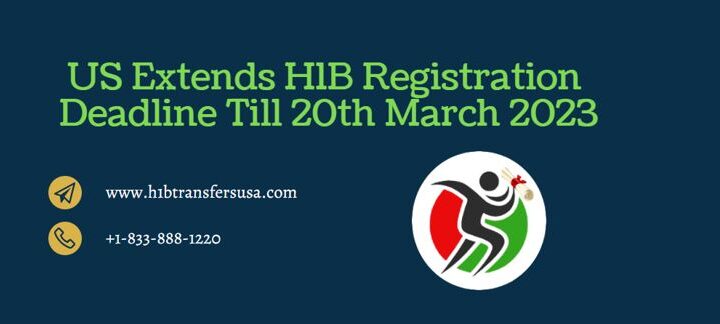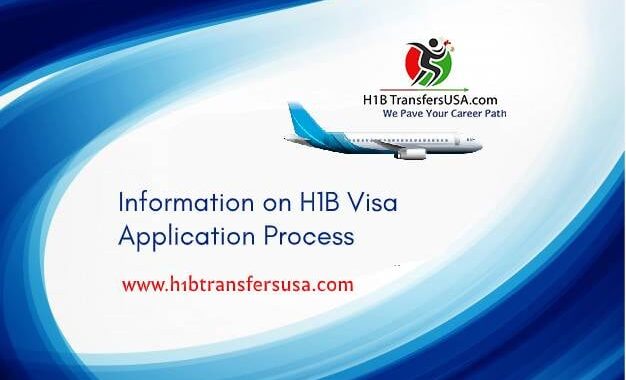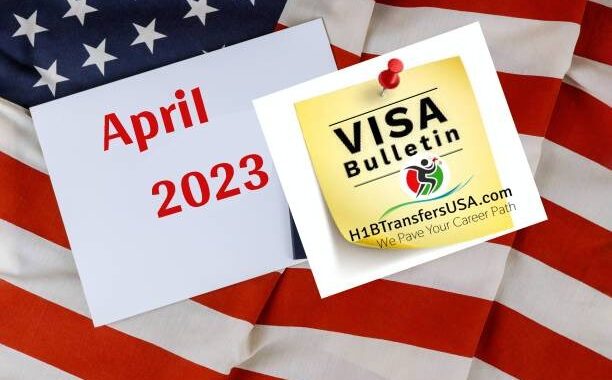H-1B denial rates for new application drops to 4% in fiscal 2021
3 min read
The H-1B denial rates for new applications (petitions) for initial employment during fiscal 2021 (year ended September 30, 2021) has dipped to 4 percent, this is significantly lower than the denial rate of 13% in fiscal 2020. The denial rates in earlier years were much higher – at 24% in fiscal 2018 and 21 percent in fiscal 2019.
These are the new finding of the National Foundation for American Policy (NFAP), a policy research association based in Arlington.
The 4% denial rate in fiscal 2021 for new H-1B petitions was similar to the rate before Trump took office. Which means the Trump years were an aberration due to imposing restrictive policies. That courts found to be unlawful,” said Stuart Anderson, executive director, NFAP.
H-1B petitions for ‘initial’ employment are primarily for new beneficiaries. (Potential employees who are being sponsored for the visa) and typically count against the H-1B cap yearly quota of 85,000.
The increase in H-1B denials started in Donald Trump’s first year in office (2017). And the decrease in the denial rate began in his last year (2020), affecting the fourth quarter of fiscal 2020 and later 2021. The effect of favorable court decisions against different restrictive policies. Imposed by the Trump government became evident in the final months of his presidency, cites the study.
H-1B is the most popular visa for skilled employees, a significant number of the yearly quota is allotted to Indian beneficiaries. Particularly those in the information technology area.
H-1B Denial Rates For New Applications
During fiscal 2021, Amazon had the most approved H-1B petitions for initial employment with 6,182 approvals. This was followed by Infosys with 5,256 approvals. Next were TCS (3,063), Wipro NSE – 6.02 % (2,121) Cognizant (1,481), Google (1,453), IBM (1,402), HCL America (1,299) and Microsoft (1,240).
NFAP’s review brings up that around 18,000 more petitions were approved for initial employment in fiscal 2021 compared to fiscal 2020. Possibly due to the delays in processing during 2020 owing to the pandemic and also higher denial rates. As indicated by NFAP, another caveat to the fiscal 2021 numbers is that, as per lawyers. In the earlier two years USCIS held or delayed H-1B applications for many information technology services companies. Which would have inflated the number of approved H-1B petitions for those companies in the subsequent fiscal.
The denial rate for H-1B petitions for continuing employment (visa renewals) was 2% in fiscal 2021, as opposed to 7% in 2020. The review brings up that this level of 7% was achieved. Owing to favorable court decisions and legal settlements in the fourth quarter of this year. In fiscal 2018, for example, the denial rate for continuing employment was as high as 12 percent.
4% Denial rate in Fiscal 2021
Much of the increase in H-1B denial rates for continuing employment during the Trump government was due to an October 2017 policy memo. That instructed USCIS officials to no longer give deference to the finding of a previously approved petition. Many extensions of H-1B status were reviewed under a new. More restrictive standard based on policies that judges later determined to be unlawful. Employers and lawyers have credited USCIS Director Ur Jaddou and the Biden government for rescinding this October 2017 memo, states the review.
[The Number Workers with H-1B Visas Have Dropped]
The top employers of approved H-1B petitions in fiscal 2021 were also among the fastest-growing employers of US workers. Giving clear evidence that companies that employ H-1B visa holders. Also seek out and employ local American workers in significant numbers. The data on the significant recruiting of US workers by employers of H-1B professionals. It shows the fallacies of the zero-sum argument about high-skilled foreign nationals ‘taking’ American jobs. Especially since economists have found hiring high-skilled personnel complements other high-skilled jobs. As well as other types of employment at a company and in the economy.
The study adds that: As of December 6, 2021, there were more than 1.5 million job opportunity postings in computer occupations in the US. And only about 56,000 new H-1B petitions every year are used by employers and H-1B employees in computer jobs, as per USCIS information. That implies even if one incorrectly assumes there are a fixed number of jobs. There are close to 30 times more available jobs in computer occupations. Than H-1B visa holders who fill such positions every year. At US colleges, just around 25% of the full-time graduate students in electrical engineering and computer and information sciences are US students. These statistics indicate the need for hiring H-1B workers to fill the gap.






